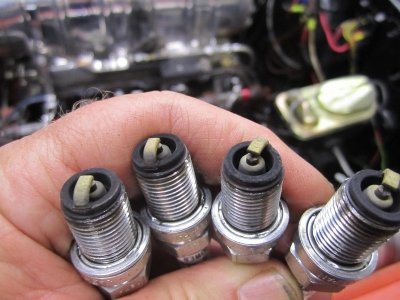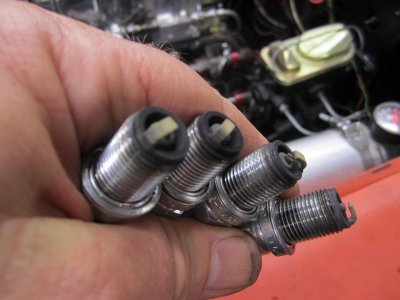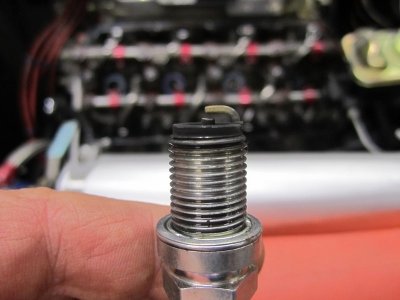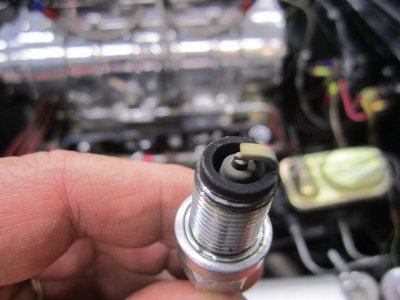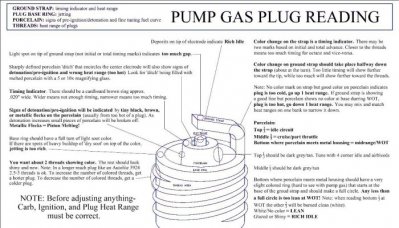Canyon707
Well-Known Member
Getting closer to Wednesday evening for a test and tune night.
I just came across something I didn't know that I just wanted to share with you if you didn't know this. I am going to pin all my jets because what they say and what they are are not always correct. The results to follow in the morning. I did a couple of extra sets and both sets were not equal.
I just came across something I didn't know that I just wanted to share with you if you didn't know this. I am going to pin all my jets because what they say and what they are are not always correct. The results to follow in the morning. I did a couple of extra sets and both sets were not equal.

